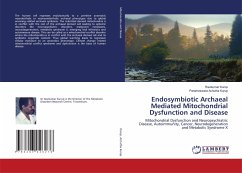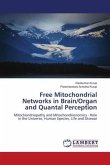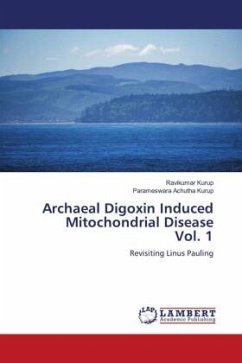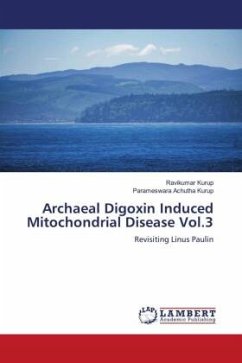Endosymbiotic archaea secretes archaeal digoxin which produces membrane sodium-potassium ATPase inhibition and neuro-immuno-endocrine integration. Digoxin can produce increased intracellular calcium which can open up the mitochondrial PT pore producing mitochondrial dysfunction and human disease. The archaea secretes porphyrinoids which forms templates for archaeal RNA viroids which can regulate cell function as well as lead to emerging viral infection by hybridizing with human genomic sequences. The porphyrin template related formation of RNA viroids, DNA viroids, isoprenoid organisms and archaea is related to the origin of life, human evolution and human speciation. Archaeal endosymbiosis leads to neanderthalisation of the species and retroviral symbiosis leads to sapienisation.
Bitte wählen Sie Ihr Anliegen aus.
Rechnungen
Retourenschein anfordern
Bestellstatus
Storno








